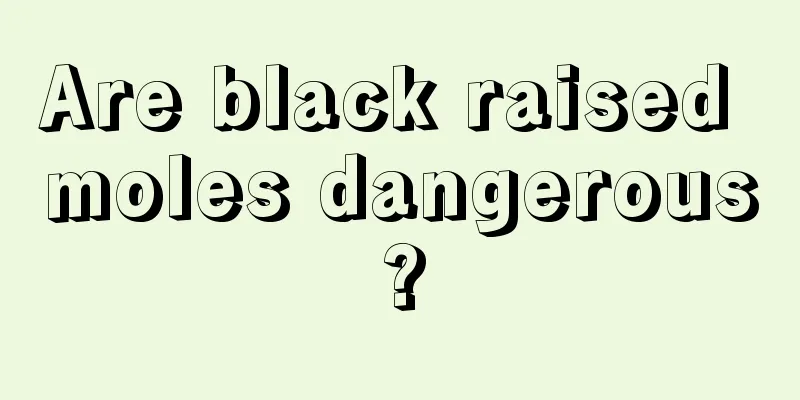Antihypertensive drugs that do not cause edema

|
When people have hypertension problems, they will definitely use antihypertensive drugs for treatment. There are many types of antihypertensive drugs, and specific choices can be made according to people's physical conditions. However, some antihypertensive drugs may cause edema, so people should pay attention to them. In our daily life, we can also take antihypertensive drugs that do not cause edema, but what are the antihypertensive drugs that do not cause edema? Antihypertensive drugs that do not cause edema Almost any antihypertensive drug can cause edema, and whether it causes edema varies from person to person. Because antihypertensive drugs have different effects on dilating arteries and veins, the blood filling in the lower limbs exceeds the return flow, and vascular permeability increases, causing lower limb edema. In mild cases, the edema occurs in the ankles of the lower limbs, while in severe cases, edema may occur in the thighs and scrotum. Almost all antihypertensive drugs can dilate blood vessels and cause mild to moderate edema, but the antihypertensive drugs that cause edema most are calcium ion channel blockers, such as nitrate sustained-release tablets, felodipine, nicardipine, amlodipine, etc. For edema caused by antihypertensive drugs, for mild cases, adding a small dose of diuretics can eliminate the edema and enhance the antihypertensive effect. If taking diuretics cannot eliminate the edema, you can also switch to other drugs. How to deal with edema after taking antihypertensive drugs Edema caused by taking antihypertensive drugs is mostly caused by calcium channel blockers. For those with only mild edema in the lower limbs and ankles, no special treatment is needed for the time being. If edema occurs in the thighs or even the scrotum, it should be taken seriously. The specific prevention and control measures are as follows. 1. Reduce the dosage of calcium channel blockers. 2. Combine low-dose calcium channel blockers with other antihypertensive drugs with different mechanisms of action, such as low-dose diuretics and angiotensin II receptor blockers, to achieve the antihypertensive effect while reducing side effects. 3. If the edema cannot be reduced after taking the above measures, the use of calcium antagonists should be abandoned and replaced with antihypertensive drugs with other effects. However, it is important to note that calcium antagonists should not be stopped suddenly to avoid large fluctuations in blood pressure. |
<<: Can I take antihypertensive medicine twice a day?
Recommend
Talk about common postoperative care methods for cardiac cancer surgery
Surgical treatment of cardia cancer is a common t...
What is the reason for coughing and clearing phlegm
Compared with fever, cough takes longer to heal. ...
What are the precautions for cleaning after liver cancer surgery
Although liver cancer is a malignant tumor that i...
What are the causes of colon cancer?
Colon cancer is one of the common malignant tumor...
Will the baby be born early if it is bigger?
During the development process, the fetus may app...
What tests should be done for patients with ovarian cancer
Ovarian cancer is a type of gynecological maligna...
What's wrong with chest pain
When the chest hurts or feels stuffy, it will cau...
Sweat also stinks! 7 reasons why your body smells
In daily life, people with body odor are always a...
What are some self-examination methods for skin cancer?
In the early stage of skin cancer, you can judge ...
What should I pay attention to after radiotherapy for esophageal cancer
After the radiotherapy for esophageal cancer pati...
The reason why white wine is spicy
The reason why people cannot accept white wine is...
Is there a big difference between lotus and water lily?
The lotus is the flower of the lotus root. For pe...
Is it possible for ovarian tumors to heal themselves?
With the continuous progress of medicine, ovarian...
Can you eat a pomegranate that is not too ripe?
Pomegranate is a fruit with a rather peculiar app...
How can family members take good care of lung cancer patients
How to care for lung cancer patients: Family memb...









